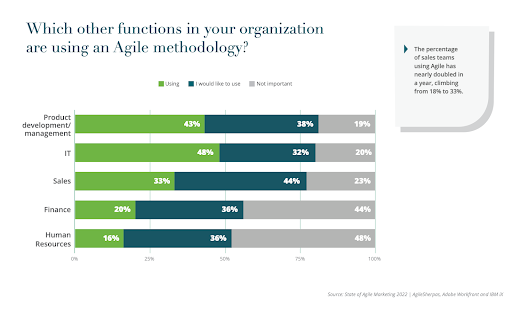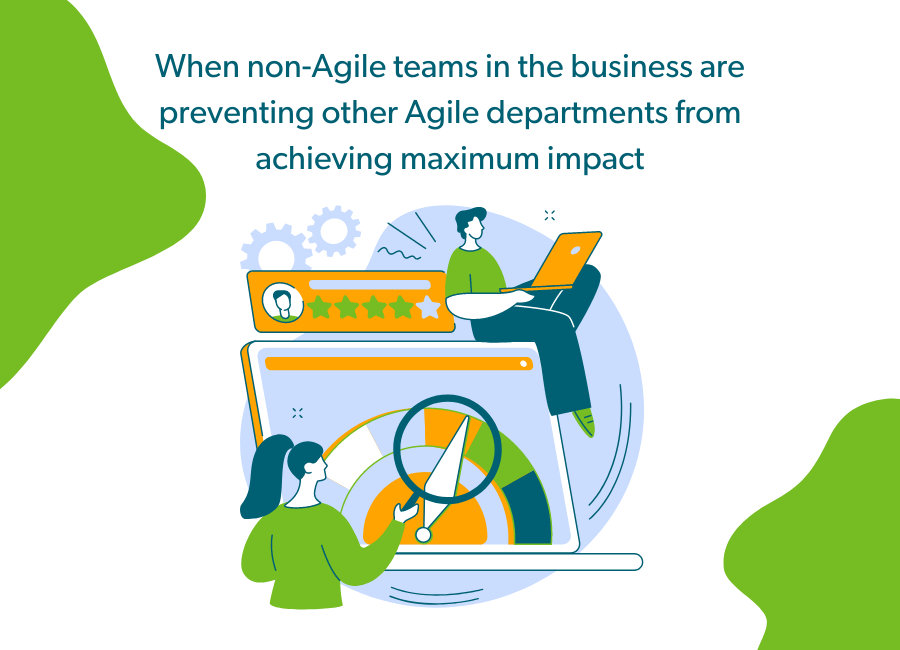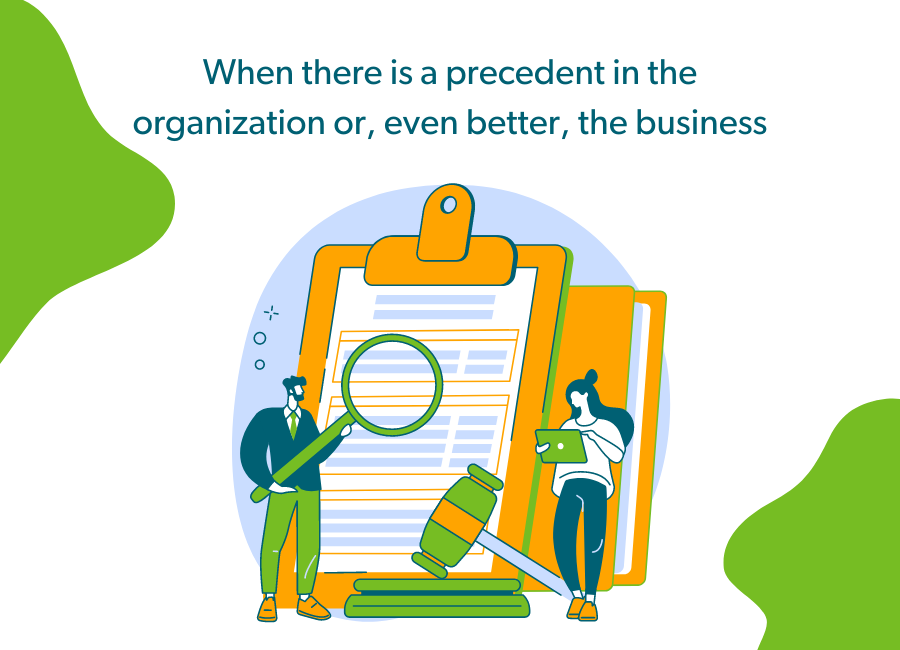-
- marketing agility
- Teams
- Organizations
- Education
- enterprise
- Articles
- Individuals
- Transformation
- Solution
- Leadership
- Getting Started
- business agility
- agile management
- going agile
- Frameworks
- agile mindset
- Agile Marketing Tools
- agile marketing journey
- organizational alignment
- Agile Marketers
- People
- Selection
- (Featured Posts)
- strategy
- agile journey
- Metrics and Data
- Kanban
- Resources
- Why Agile Marketing
- agile project management
- self-managing team
- Meetings
- Scrum
- agile adoption
- scaled agile marketing
- tactics
- scaled agile
- AI
- Agile Meetings
- agile marketing training
- agile takeaways
- Agile Leadership
- agile coach
- enterprise marketing agility
- Scrumban
- state of agile marketing
- team empowerment
- Intermediate
- agile marketing mindset
- agile marketing planning
- agile plan
- Individual
- Team
- Videos
- agile marketing
- kanban board
- Agile Marketing Terms
- agile transformation
- traditional marketing
- FAQ
- agile teams
- Agile Marketing Glossary
- CoE
- Scrumban
- agile
- agile marketer
- agile marketing case study
- agile marketing coaching
- agile marketing leaders
- agile marketing methodologies
- agile marketing metrics
- agile pilot
- agile sales
- agile team
- agile work breakdown
- cycle time
- employee satisfaction
- marketing value stream
- marketing-analytics
- remote teams
- sprints
- throughput
- work breakdown structure
- News
- agile brand
- agile marketing books
- agile marketing pilot
- agile marketing transformation
- agile review process
- agile team charter
- cost of delay
- hybrid framework
- pdca
- remote working
- scrum master
- stable agile teams
- stand ups
- startups
- team charter
- team morale
- user story
- value stream mapping
- visual workflow

This year, there’s something afoot in the Agile community. Look closely and you’ll spot this new trend in the data.
The State of Agile and the State of Agile Marketing are both reports published in 2022 that investigate Agile adoption. The former looks at agility in general, while the latter focuses on its use inside of marketing.
That year, both reports concluded that the future of Agile is bright and in the business. The data shows that the Agile approach developers and marketers are applying to tackle their work effectively is tempting more and more departments to try it themselves.
Word of the many and varied benefits of Agile has spread to functions like sales, human resources, procurement, finance, and other departments in the business.
As a result, business units adjacent to marketing are likely to undertake their own Agile transformation journeys.
The fifth anniversary edition of the State of Agile Marketing Report noted some functions that are making headway in this direction, most notably sales. The percentage of sales teams using Agile has nearly doubled in a year, climbing from 18% to 33%.

With a whole slew of pertinent benefits like greater employee satisfaction, confidence in handling fast-paced projects, and the ability to change direction quickly, it's no wonder more teams are turning to business agility transformation this year.
Once business agility becomes a focus, it charts a path for overall organizational agility to flourish.
All it takes is a commitment from leadership to scale the Agile transformation beyond development and marketing, into the business units that are known for their traditional and rigid processes.
If you’re a business leader in the position to make this decision, you’ve got to weigh your options. To help you recognize the situations in which business agility transformation is the most worthwhile solution, we’re presenting three situations in which business agility transformation just makes sense to undertake.
1. Non-Agile Teams Become a Bottleneck

If you’re an organization that has already implemented Agile ways of working in one or more of your departments, you’ll likely benefit from creating continuity between all of your working groups.
Because teams and departments, Agile or otherwise, don't work in isolation, they have dependencies on non-Agile groups in other parts of the business. Despite all of their efforts and optimized processes, the reliance on non-Agile stakeholders will, in the best-case scenario, cause frustration among the ranks of the agilists.
In the worst-case scenario, it has the potential to derail the department as they pursue their business goals.
For example, if an Agile marketing department collaborates with a non-Agile sales department, there's only so much marketing can achieve in terms of sales enablement until it plateaus due to the lack of an Agile partner.
No matter how much the Agile marketing department improves over time, depending on a non-Agile sales team will cause:
- Delays in feedback for sales enablement projects
- Difficulties in prioritization for the marketers
- Friction between the teams that results in misalignment
- More work for the Marketing Owner to act as liaison
- Lack of transparency into the sales process
In these types of situations, the overall benefits of charting an Agile path for the sales team is a no-brainer. Even just having consistent process practices will make the collaboration between the two teams more streamlined.
The marketers will be able to continuously improve without plateauing. The sales team will be able to reap the benefits of a proven methodology. It’s a win-win scenario and an argument for business agility transformation.
Before proceeding to learn the next case, why don't you take a second to get our Agile Marketing Transformation Checklist?
2. You Can Rely on Agile Precedent

When software developers and/or marketers use Agile, they’re not only applying a best-in-class approach to their own work. They're also setting a precedent for future teams in the organization to adopt the same values and principles.
Based on our experience, it’s always toughest for the first team in an organization to go Agile.
Cross-pollinating from software development, where Agile has reigned supreme for decades, to the business, where Agile is relatively new, can also present significant challenges.
However, with a “critical mass” of Agile implementation, organizations get exponentially better at bringing new teams on board. Also, the version of Agile that gets adopted will be influenced by learnings gathered by the organization’s Agile pioneers, so that new teams don’t have to start from scratch.
If you already have Agile teams in your organization, use their know-how for your business agility transformation.
Using agilists inside the organization as ambassadors for teams like sales, finance, and human resources has the potential to change the status quo in a significant way. Existing agilists can:
- Share their initial struggles with Agile ways of working to support new teams
- Attend standups, planning, reviews and retrospectives to share their experience of these meetings
- Provide a recommendation about how Agile should manifest in the new team or department
- Share templates for visual workflows, meeting agendas etc.
- Host knowledge-sharing lunches about implementing Agile practices
- Embody the Agile values and principles and in doing so encourage others
Before you know it, you’ll have more Agile teams than traditional ones.
3. Leaders are Ready to Lead a Business Agility Transformation

Business agility transformation always picks up momentum more quickly when the leaders of the business units are prepared to lead the change.
Of course, bringing Agile into the business doesn’t require primed leadership as a prerequisite, but it certainly helps.
If leaders of departments like sales, human resources, procurement, and finance have already subscribed to Agile and believe in the need for change, there’s no reason not to.
Year after year, data from the State of Agile Marketing Report demonstrates that support from management or executives is one of the crucial make-it-or-break-it factors for agility transformations to succeed, especially among business units.
In fact, twelve percent of marketers who participated in the report this year cited this as a barrier to adoption. Thirteen percent cited it as their biggest barrier.
So if you’ve got leaders onboard already, use it to your advantage. Undertaking a business agility transformation in which you don’t have to spend the first few months of your efforts convincing the departmental leaders is a winning scenario worth exploring.
If your leadership isn't onboard, get them trained in Agile Marketing Fundamentals and Agile Marketing Leadership, so they can get comfortable with their role in this endeavor before the teams join the party.
On the Path to Organizational Agility
If you’re in one or all of the three situations described above, you’re likely well-placed to launch your business agility transformation. Agile teams that are getting held back by their non-Agile dependencies, an internal precedent as a starting point and leadership that is ready to lead the change are an excellent base to kick off a promising transformation.
Looping in other teams in the business like sales, procurement, finance, and human resources can have over-arching implications for the whole organization and has the potential to quadruple the business impact of using Agile in the long-term.
Business agility is a key milestone on the path to having a truly Agile organization that is able to synchronize many different functions towards a common goal and enable a streamlined execution process.
Even if you don’t have these pillars in place yet, that doesn’t mean business agility isn’t worth it. Putting in the effort to build them out will be time well-spent in any case.
Before you move on, don't forget to get your copy of the Agile Marketing Transformation Checklist.
Topics discussed
Improve your Marketing Ops every week
Subscribe to our blog to get insights sent directly to your inbox.



